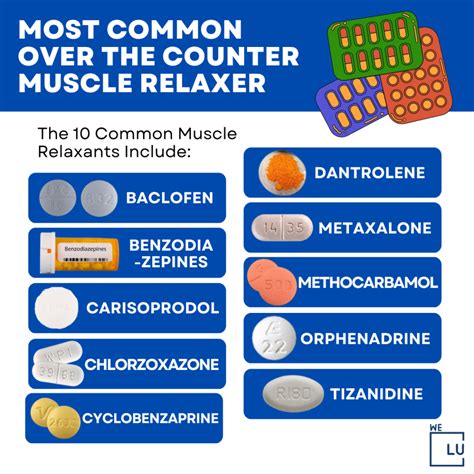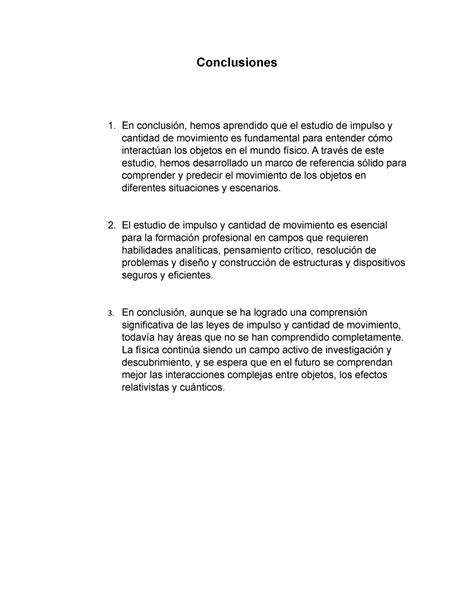Intro
Muscle relaxers, such as cyclobenzaprine, are a type of medication used to treat muscle spasms and pain. These medications work by blocking the nerve impulses that cause muscles to contract, thereby relieving muscle tension and discomfort. In this article, we will delve into the world of muscle relaxers, with a focus on cyclobenzaprine, to understand their importance, benefits, and potential risks.
Muscle relaxers are often prescribed to individuals who suffer from acute muscle injuries, such as strains or sprains, as well as those who experience chronic muscle pain due to conditions like fibromyalgia or arthritis. These medications can provide quick relief from muscle spasms, allowing individuals to resume their daily activities without discomfort. Moreover, muscle relaxers can also help improve sleep quality, as muscle pain and discomfort can often disrupt sleep patterns.
The use of muscle relaxers, including cyclobenzaprine, has become increasingly common in recent years. This is largely due to the growing awareness of the importance of managing muscle pain and discomfort. When left untreated, muscle pain can lead to a range of complications, including decreased mobility, decreased productivity, and a decreased quality of life. Furthermore, muscle pain can also have a significant impact on mental health, leading to anxiety, depression, and other related conditions.
Muscle Relaxers: How They Work

Muscle relaxers, such as cyclobenzaprine, work by interfering with the nerve impulses that cause muscles to contract. This is achieved through the blocking of certain neurotransmitters, such as acetylcholine, which play a crucial role in muscle contraction. By blocking these neurotransmitters, muscle relaxers can help reduce muscle spasms and relieve muscle tension. Additionally, some muscle relaxers, including cyclobenzaprine, may also have a sedative effect, which can help improve sleep quality and reduce anxiety.
Types of Muscle Relaxers
There are several types of muscle relaxers available, each with its own unique mechanism of action and potential side effects. Some of the most common types of muscle relaxers include: * Benzodiazepines: These medications, such as diazepam, work by enhancing the effects of the neurotransmitter gamma-aminobutyric acid (GABA), which helps to calm the nervous system. * Non-benzodiazepines: These medications, such as cyclobenzaprine, work by blocking the nerve impulses that cause muscles to contract. * Antispasmodics: These medications, such as baclofen, work by blocking the nerve impulses that cause muscles to contract, as well as reducing muscle spasms.Cyclobenzaprine: A Closer Look

Cyclobenzaprine is a type of non-benzodiazepine muscle relaxer that is commonly used to treat muscle spasms and pain. It works by blocking the nerve impulses that cause muscles to contract, thereby relieving muscle tension and discomfort. Cyclobenzaprine is often prescribed to individuals who suffer from acute muscle injuries, such as strains or sprains, as well as those who experience chronic muscle pain due to conditions like fibromyalgia or arthritis.
Benefits of Cyclobenzaprine
The benefits of cyclobenzaprine include: * Rapid relief from muscle spasms and pain * Improved sleep quality * Reduced anxiety and stress * Increased mobility and flexibility * Decreased risk of complications, such as decreased mobility and decreased productivityPotential Risks and Side Effects

While muscle relaxers, including cyclobenzaprine, can be effective in relieving muscle spasms and pain, they can also have potential risks and side effects. Some of the most common side effects of cyclobenzaprine include:
- Drowsiness and dizziness
- Dry mouth and blurred vision
- Headaches and nausea
- Constipation and urinary retention
- Increased risk of falls and accidents
Precautions and Contraindications
It is essential to take precautions when using cyclobenzaprine, especially in certain individuals, such as: * Pregnant or breastfeeding women * Individuals with a history of substance abuse * Individuals with certain medical conditions, such as glaucoma or urinary retention * Individuals taking certain medications, such as antidepressants or antihistaminesInteractions and Contraindications

Cyclobenzaprine can interact with certain medications, including:
- Antidepressants: Cyclobenzaprine can increase the risk of serotonin syndrome, a potentially life-threatening condition.
- Antihistamines: Cyclobenzaprine can increase the risk of drowsiness and dizziness.
- Opioids: Cyclobenzaprine can increase the risk of respiratory depression and sedation.
Overdose and Withdrawal
It is essential to be aware of the risks of overdose and withdrawal when using cyclobenzaprine. An overdose of cyclobenzaprine can cause: * Respiratory depression * Cardiac arrest * Seizures * ComaWithdrawal from cyclobenzaprine can cause:
- Headaches and nausea
- Anxiety and insomnia
- Muscle spasms and pain
- Seizures
Conclusion and Final Thoughts

In conclusion, muscle relaxers, such as cyclobenzaprine, can be effective in relieving muscle spasms and pain. However, it is essential to be aware of the potential risks and side effects, as well as the precautions and contraindications. By understanding the benefits and risks of cyclobenzaprine, individuals can make informed decisions about their treatment options and take steps to ensure safe and effective use.
We invite you to share your thoughts and experiences with muscle relaxers, including cyclobenzaprine, in the comments below. Have you used cyclobenzaprine or other muscle relaxers to relieve muscle spasms and pain? What were your experiences, and what tips or advice would you share with others?
What is cyclobenzaprine used for?
+Cyclobenzaprine is used to treat muscle spasms and pain, as well as to improve sleep quality and reduce anxiety.
What are the potential side effects of cyclobenzaprine?
+The potential side effects of cyclobenzaprine include drowsiness and dizziness, dry mouth and blurred vision, headaches and nausea, constipation and urinary retention, and increased risk of falls and accidents.
Can cyclobenzaprine be used with other medications?
+Cyclobenzaprine can interact with certain medications, including antidepressants, antihistamines, and opioids. It is essential to consult with a healthcare professional before using cyclobenzaprine with other medications.
What are the precautions and contraindications for cyclobenzaprine?
+The precautions and contraindications for cyclobenzaprine include pregnant or breastfeeding women, individuals with a history of substance abuse, individuals with certain medical conditions, such as glaucoma or urinary retention, and individuals taking certain medications, such as antidepressants or antihistamines.
Can cyclobenzaprine be used for long-term treatment?
+Cyclobenzaprine is typically used for short-term treatment, up to 2-3 weeks. Long-term use of cyclobenzaprine can increase the risk of dependence and withdrawal.
